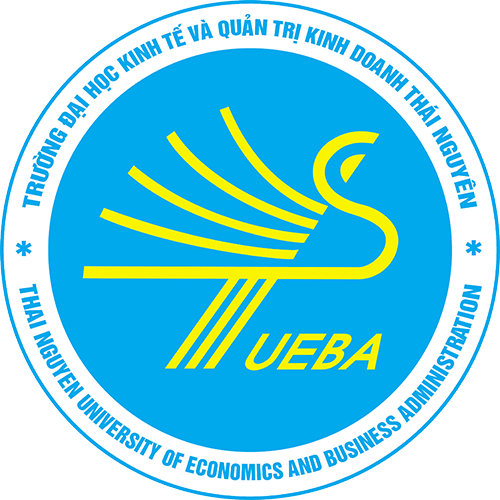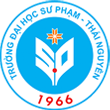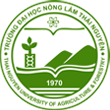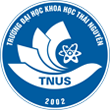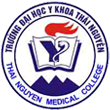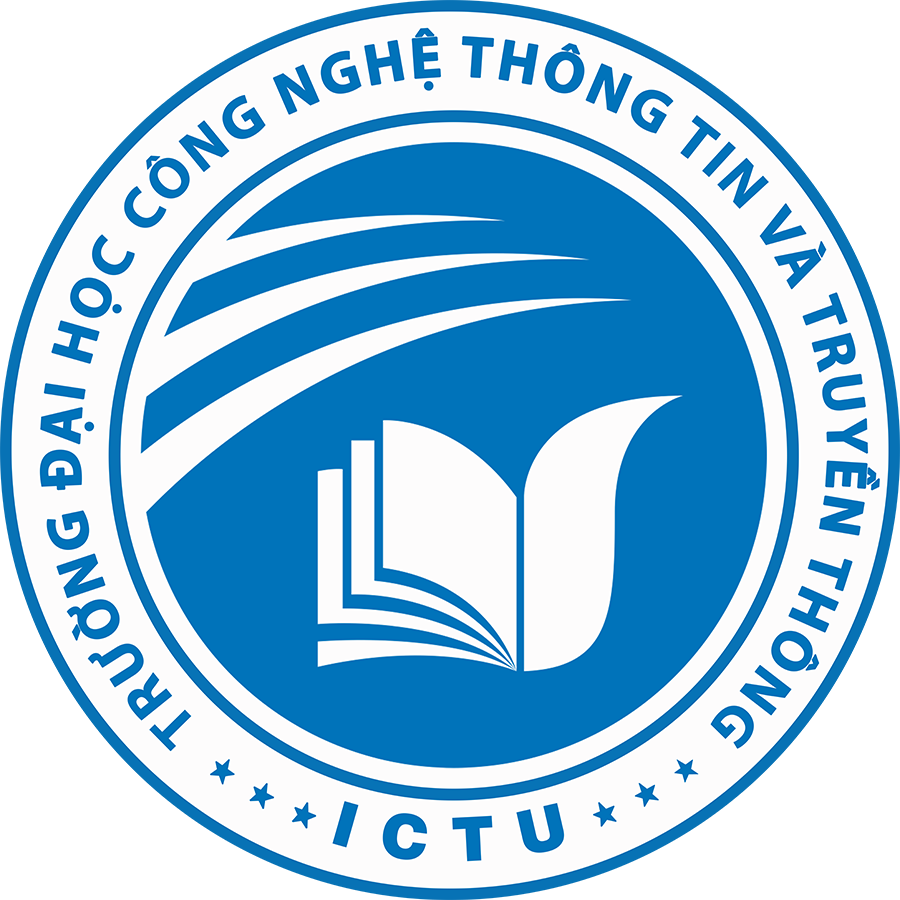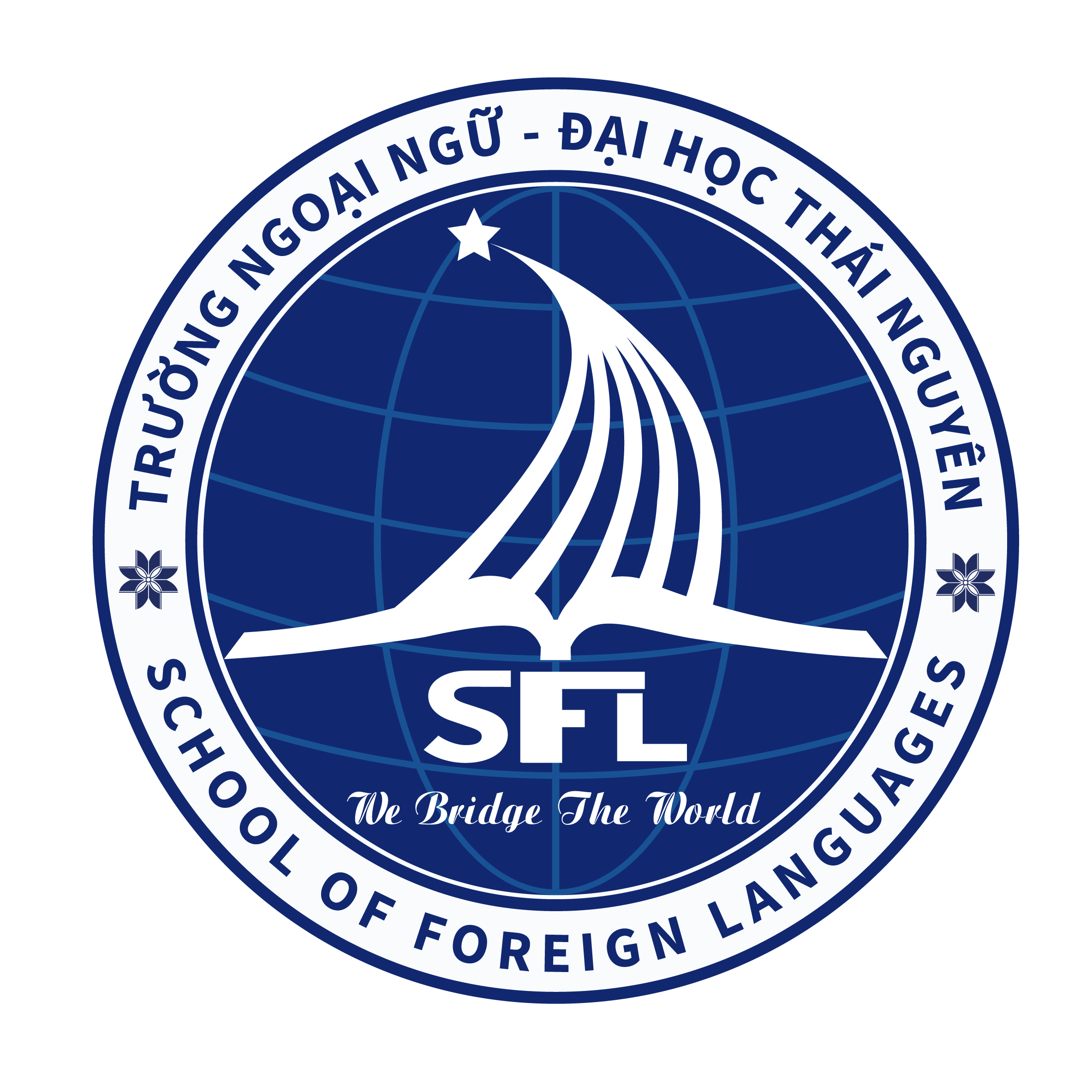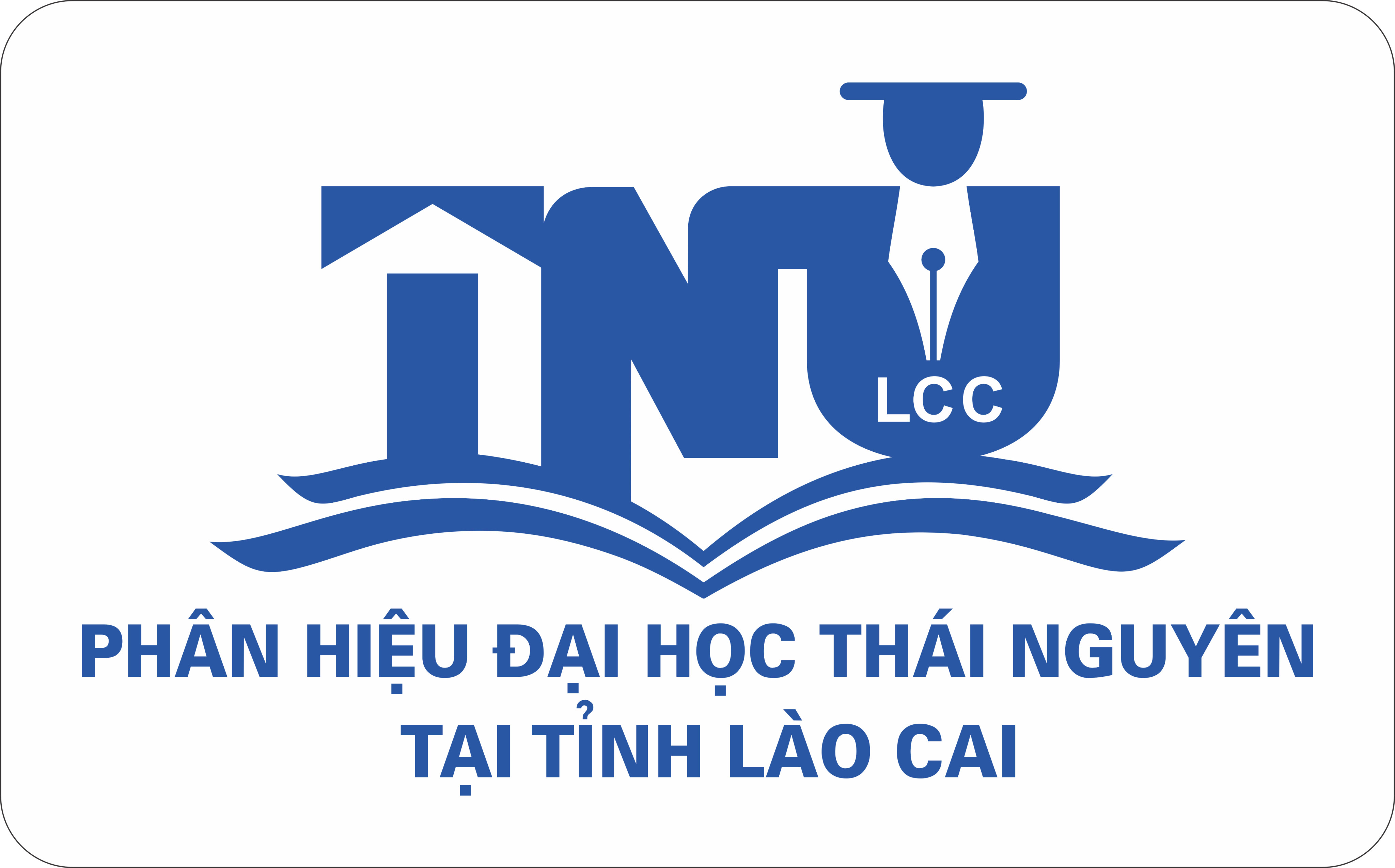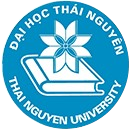Đoàn kết – trung thực – sáng tạo – hiệu quả - chất lượng
Trang thông tin luận án tiến sĩ của NCS Nguyễn Thị Hương Giang
TRANG THÔNG TIN LUẬN ÁN TIẾN SĨ
Tên luận án: "Nghiên cứu nhiễm giun tròn đường tiêu hóa, bệnh giun lươn (Strongyloidosis) trên lợn tại tỉnh Bắc Giang và biện pháp phòng trị"
Ngành: Ký sinh trùng & Vi sinh vật học thú y
Mã số: 9.64.01.04
Họ và tên NCS: Nguyễn Thị Hương Giang
Khóa đào tạo: 2016 - 2019
Người hướng dẫn khoa học:
1. GS.TS. Nguyễn Thị Kim Lan
2. TS. Nguyễn Văn Quang
Cơ sở đào tạo: Trường Đại học Nông Lâm - Đại học Thái Nguyên
NHỮNG KẾT QUẢ MỚI CỦA LUẬN ÁN
Luận án đã có những kết luận về những kết quả mới như sau:
Phát hiện được 4 loài giun tròn ký sinh ở đường tiêu hóa lợn tại tỉnh Bắc Giang: Ascaris suum, Oesophagostomum dentatum, Trichocephalus suis và Strongyloides ransomi.
Xác định được tỷ lệ nhiễm giun tròn đường tiêu hóa ở lợn tại Bắc Giang (56,08% qua mổ khám và 59,47% qua xét nghiệm phân).
Định danh được loài giun tròn Strongyloides ransomi bằng kỹ thuật hình thái học và kỹ thuật sinh học phân tử.
Xác định được thời gian trứng giun lươn Strongyloides ransomi nở thành ấu trùng trong phân lợn ở phòng thí nghiệm mùa Xuân trung bình là 13,73 giờ, mùa hè 5,53 giờ, mùa thu là 6,72 giờ và mùa đông là 16,40 giờ.
Xác định được thời gian tồn tại của ấu trùng giun lươn Strongyloides ransomi có sức gây bệnh trong phân lợn ở phòng thí nghiệm là 25 - 35 ngày.
Xác định được đặc điểm bệnh lý, lâm sàng của lợn bị bệnh do giun lươn Strongyloides ransomi gây ra.
Thuốc fenbendazole liều 5mg/kg TT, thiabendazole liều 6,5mg/kg TT và ivermectin liều 0,3 mg/kg TT đều an toàn và có hiệu lực tẩy giun lươn Strongyloides ransomi từ 92,13% đến 98,46%.
Chất sát trùng Chloramin B: 20g/lít nước, Good Farm L: 25ml/lít nước, P.V.D iodin 10%: 10ml/lít nước đều có tác dụng diệt ấu trùng giun lươn trong phòng thí nghiệm.
Đã đề xuất được biện pháp phòng chống bệnh giun lươn (Strongyloidosis) cho lợn hiệu quả.
KHẢ NĂNG ỨNG DỤNG TRONG THỰC TIỄN
VÀ NHỮNG VẤN ĐỀ CẦN TIẾP TỤC NGHIÊN CỨU
* Khả năng ứng dụng trong thực tiễn
- Xác định được triệu chứng, bệnh tích điển hình của lợn mắc bệnh giun lươn Strongyloides ransomi và hiệu quả của các biện pháp phòng trị bệnh. Đây là cơ sở khoa học giúp cán bộ thú y và người chăn nuôi lợn chẩn đoán bệnh sớm (qua quan sát triệu chứng lâm sàng) để phòng trị bệnh kịp thời và hiệu quả.
- Áp dụng các biện pháp phòng và trị bệnh giun lươn cho lợn hiệu quả, từ đó giúp người chăn nuôi lợn hạn chế thiệt hại do giun lươn gây ra.
- Kết quả đề tài luận án là tài liệu tham khảo có giá trị trong đào tạo, nghiên cứu khoa học ở các trường Đại học, Cao đẳng chuyên ngành.
* Những vấn đề còn bỏ ngỏ cần tiếp tục nghiên cứu:
Tiếp tục nghiên cứu về tác dụng diệt ấu trùng của 3 loại thuốc sát trùng ngoài thực địa trên diện rộng, từ đó có cơ sở khoa học khuyến cáo cho người chăn nuôi sử dụng chất sát trùng trong phòng bệnh giun lươn cho lợn.
INFORMATION OF DOCTORAL DISSERTATION
Dissertation title: "Study on the prevalence of gastrointestinal nematode infection and Strongyloidiasis on pigs in Bac Giang province, the preventive measures and treatment of the disease"
Speciality: Veterinary Parasitology and Microbiology
Code: 9.64.01.04
Ph.D candidate: Nguyen Thi Huong Giang
Training course: 2016-2019
Scientific Supervisors:
1. Prof. Dr. Nguyen Thi Kim Lan
2. Dr. Nguyen Van Quang
Training institution: University of Agriculture and Forestry - Thai Nguyen University
THE NEW SCIENTIFIC FINDINGS
The dissertation obtained new results and contributions as follows:
Detected four nematode species parasitize in the swine digestive tract in Bac Giang province, including: Ascaris suum, Oesophagostomum dentatum, Trichocephalus suis và Strongyloides ransomi.
Determined the infection rate of nematodes in swine digestive tract in Bac Giang province (56.08% by slaughtering and 59.47% by fecal examination).
Identified the nematode species Strongyloides ransomi by morphological and molecular biological techniques.
Identified the period of time for the eggs of Strongyloides ransomi develop into larvae in pigs feces at the laboratory condition. In Spring 13,73 hours, Summer 5.53h, Autuum 6.72h and Winter 16.40h, respectively.
Identified the period of time alive of Strongyloides ransomi’s larvae with pathogenicity in pigs feces at the laboratory from 25-35 days.
Identified the pathological, clinical characteristics of disease pigs cause by Strongyloides ransomi.
Fenbendazole at dosage of 5mg / kg B.W, thiabendazole 6.5 mg / kg B.W and ivermectin at dosage of 0.3 mg / kg B.W are safety and effective against S. ransomi with the rate from 92.13 - 98.46%.
Chloramin B: 20g/ liter of water, Good Farm L: 25ml/ liter of water, P.V.D iodin 10%: 10ml/ liter of water have activities of killing Strongyloides larvae efectively.
Put forward the prevention and treatment of Strongyloidosis effectively in pigs.
PRACTICAL APPLICABILITY AND THE NEEDS FOR FURTHER STUDIES
* Practical applicability:
- Identifying typical symptoms and lesions of pigs infected with Strongyloides ransomi and effect of the preventive and treatment measures of the disease. This is a scientific basic for veterinarians and farmers in early diagnosis (by clinical symptoms observation) to prevent and treat the disease effectively.
- Applying the preventive and treatment measures of Strongyloidosis effevtively, in order to limit the prevalence of nematode infection in pigs and limit damage caused by Strongyloidosis.
- The results of the thesis are references valuable in training, scientific research in Universities and colleges.
* Opening issues for further studies: Continueing research about effect on killing larvae of 3 types of antiseptic in the field on a large scale, since then there is a scientific basis to recommend for farmers to use disinfectants in disease prevention of Strongyloidosis in pigs.
Nguồn: Trường Đại học Nông Lâm - Đại học Thái Nguyên.
TIN ĐÃ ĐƯA
- Đề án tổ chức thi đánh giá đầu vào đại học bằng hình thức thi trên máy tính (V-SAT) của Đại học Thái Nguyên (15-04-2024)
- Về việc xét công nhận đạt tiêu chuẩn chức danh Giáo sư, Phó giáo sư năm 2024 tại Đại học Thái Nguyên (09-04-2024)
- Thông báo nghiệm thu cấp Cơ sở đề tài KH&CN cấp Bộ mã số B2022-TNA-43 do PGS.TS. Nguyễn Hữu Quân, Trường Đại học Sư phạm - ĐHTN làm chủ nhiệm (11-03-2024)
- Thông báo nghiệm thu cấp Cơ sở đề tài KH&CN cấp Bộ mã số B2022-TNA-36 do PGS.TS. Nguyễn Xuân Ca, Trường Đại học Khoa học - ĐHTN làm chủ nhiệm (26-03-2024)
- Trang thông tin luận án của Nghiên cứu sinh Trần Ngọc Thụy (08-04-2024)
- Thông báo nghiệm thu cấp Bộ đề tài KH&CN cấp Bộ mã số B2022-TNA-23 do PGS.TS. Trương Minh Tuyên, Trường Đại học Khoa học - ĐHTN làm chủ nhiệm (02-01-2024)
- Thông báo nghiệm thu cấp Bộ đề tài KH&CN cấp Bộ mã số B2022-TNA-22-CT562 do PGS.TS. Từ Quang Tân, Trường Đại học Sư phạm - ĐHTN làm chủ nhiệm (29-01-2024)
- Thông báo nghiệm thu cấp Bộ đề tài KH&CN cấp Bộ mã số B2021-TNA-08 do TS. Dương Thùy Linh, Trường Đại học Khoa học - ĐHTN làm chủ nhiệm (07-03-2024)
- Thông báo tổ chức họp hội đồng đánh giá và bảo vệ luận án tiến sĩ cấp Trường của nghiên cứu sinh Dương Thị Thúy Vinh (05-03-2024)
- Thông báo tổ chức họp Hội đồng đánh giá và bảo vệ luận án tiến sĩ cấp Trường của nghiên cứu sinh Nguyễn Hải Dương (04-03-2024)
 English
English


